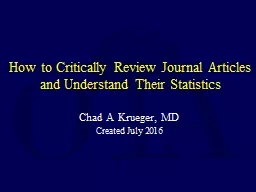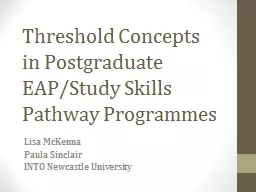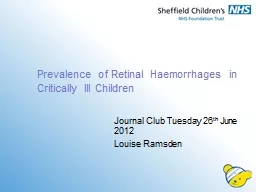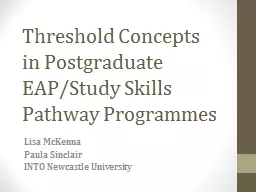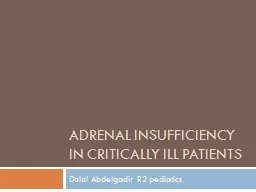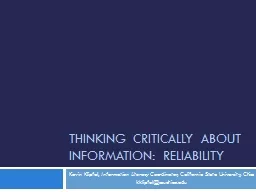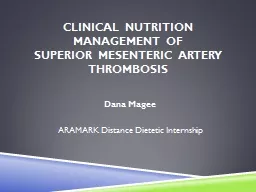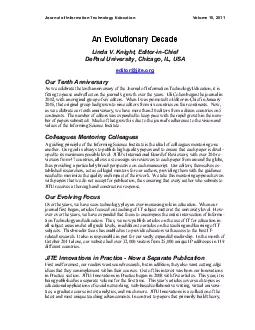PPT-How to Critically Review Journal Articles and Understand Th
Author : pasty-toler | Published Date : 2017-06-30
Chad A Krueger MD Created July 2016 Many orthopaedic surgeons receive little formal instruction on how to evaluate educational material Over 12000 articles published
Presentation Embed Code
Download Presentation
Download Presentation The PPT/PDF document "How to Critically Review Journal Article..." is the property of its rightful owner. Permission is granted to download and print the materials on this website for personal, non-commercial use only, and to display it on your personal computer provided you do not modify the materials and that you retain all copyright notices contained in the materials. By downloading content from our website, you accept the terms of this agreement.
How to Critically Review Journal Articles and Understand Th: Transcript
Download Rules Of Document
"How to Critically Review Journal Articles and Understand Th"The content belongs to its owner. You may download and print it for personal use, without modification, and keep all copyright notices. By downloading, you agree to these terms.
Related Documents

